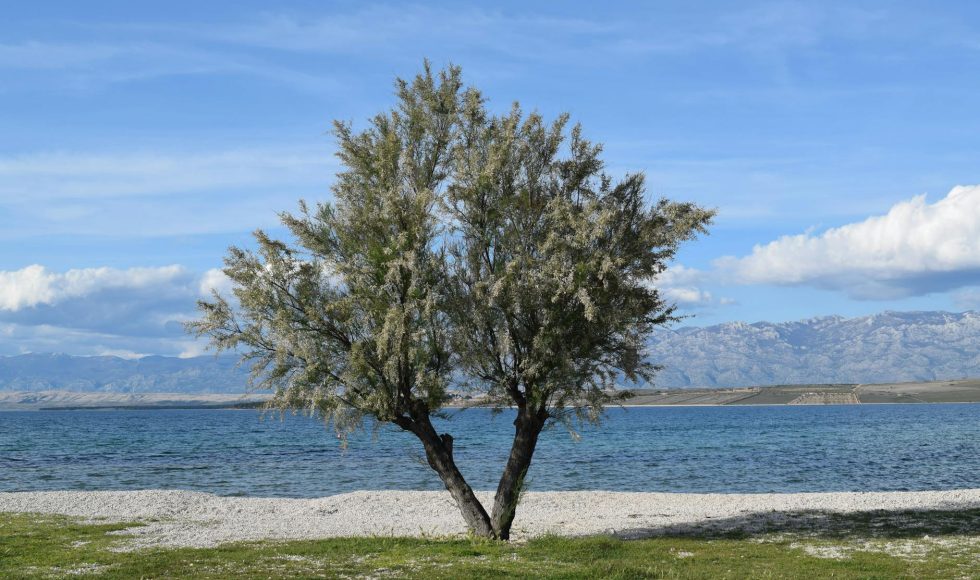Manuel Anguita Maeso, a Ph.D. student at the Institute for Sustainable Agriculture at the CSIC in Spain, spoke at the Nanopore Community Meeting 2021. The session’s title was “Unravelling the whole genome of olive antagonist xylem-inhabitant bacteria to fight vascular plant pathogens in olive trees.” I had watched this session previously and wanted to learn more as I prepare for the Portable Genome Sequencing course and summer research. The introduction Maeso provided was on vascular pathogens Verticilluym dahliae and Xylella fastidiosa, affecting olive trees. The study aimed to investigate the role of the olive xylem microbiota as a source of potential biocontrol microbes against these vascular pathogens. The team obtained bacterial cultures from cultivated olive trees and wild olive trees. The wild olive tree was moderately resistant to disease, for example. The xylem bacterial collection that the group obtained consisted of 261 strains from 39 genera. In total, the research team selected 108 organisms for further analysis. Maeso described their high-throughput fungal-bacterial interaction screen. Strains were co-incubated, and the relative growth index of specific strains was calculated. Fungal growth inhibition was identified. The screen was also performed with the second vascular pathogen. Maeso then performed whole genome sequencing of unique bacterial strains with Nanopore technology. Shared and unique coding sequences of specific bacterial strains were visualized in a Venn diagram. Maeso concluded that the culture media where the bacterial fungal interactions occur has effects. Specific bacteria were identified that could provide a mechanism of biocontrol. I love screens, and this one is awesome. I wonder if we could do something similar.



